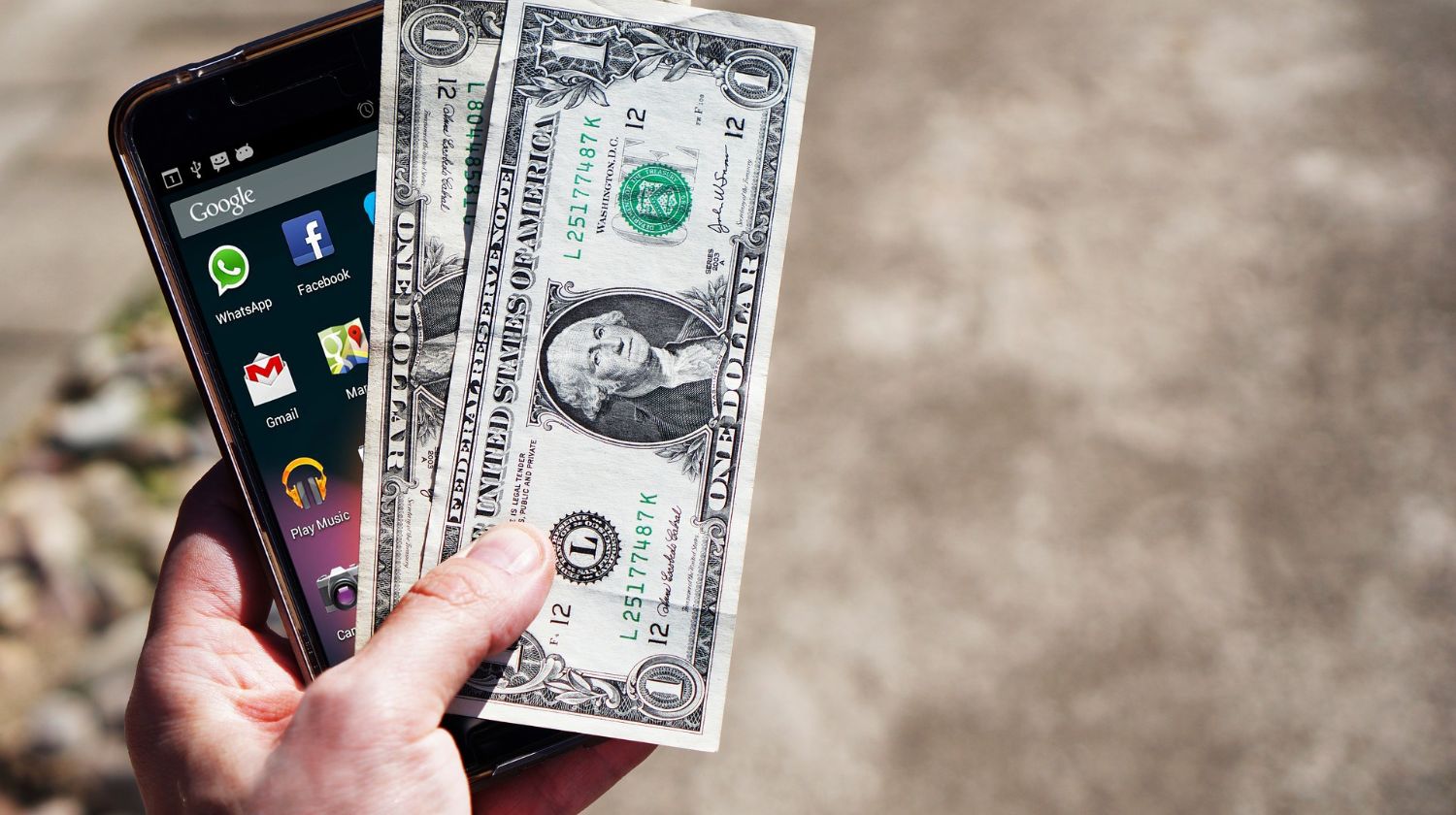Invest for Quick Return
How to Invest: The Fears of Bond Buying Part 1

Which type of bond works for you?
There are bonds out there where the issuer has the right at any time to pre-pay. This means it’s callable before its due date. By that, let’s say the interest rate is 10% and rates drop to 5% now there is an issuer paying 10% on a bond and they decide to refinance the bond and pay off the 10% bond holders and take them out of the picture and then only pay 5% from then on. Most bonds are callable – if you have a bond that is out there with a high interest rate . . . they aren’t financing capable of refinancing or they are not a smart enough organization to know that’s what they have to do but either one is not a good indicator of that company if they have a callable bond that is going there. . . .
There was an interest rate environment at one point where us treasury bonds were paying 17 – 18%. Since they aren’t callable the people who bought those bonds got 17 – 18% for 30 years and the government could not do anything about it.
Understanding Risk
Interest Rate Risk
The risk that a bank’s earnings or capital may suffer due solely to fluctuating interest rates. A risk that an investment will lose from its value dependent upon change in interest rates. Simply put, it’s the higher the interest rate, the higher the risk. However, this does not necessarily meant that correlation implies causation even though it may intuitively seems so.
Interest Payment Date
Valuation of bonds at the current time is to determine the present value of all future payments on the bonds based on the moments of time when they will be made. Usually when assessing bonds it is believed that the interest rate equal to the market (current) rate of interest established securities market at the time of evaluation, and will remain constant until the bond matures. It was at this rate and discounting of future benefits provided at the time of assessment bonds. Current value of the coupon bond is equal to the sum of the present value of the nominal value paid at maturity, and the present value of the stream of coupon payments made at the end of each coupon period.
Inflation
The rising price of goods and services within an economy. Inflation causes a hike in prices and is a catalyst to the loss of purchasing power. As an economy becomes stronger, more people want to borrow money to invest and debt becomes expensive so interest rates increase with it. When interest rates rise, it is an indication that things are becoming more expensive and prices rise.
Position risk
The risk is for any one position (based on the percentage at any given moment). For example, the bank issues a floating rate loan. It is not known whether it will bring success to the bank. What is possible in order to prevent this risk provision on the balance sheet? First of all, you need to change the interest rates on deposits and align the interest on assets and liabilities of the bank balance. This way the bank can account for how fluctuations in float rate will impact it, moving forward. Though there’s no perfect way to avoid this type of risk it is yet another reminder of the need for preparation when dealing with bonds.
Structural risk
It is the risk for the whole balance of the bank caused by changes in the money market due to fluctuations in interest rates.
Therefore, interest rate risk affects both the profit derived from the interest and the balance of the bank as a whole. The reasons for the interest rate risk can be:
• Wrong choice of varieties of interest rate (fixed, fixed, floating, declining, etc.);
• Undercount in the loan agreement possible changes in interest rates;
• Changes in interest rate policy by the nation’s Central Bank;
• Establishment of a single cent for the entire period of the loan;
• Lack of developed bank interest rate policy strategy;
• Incorrect definition of the price of credit, i.e. the interest rate.




